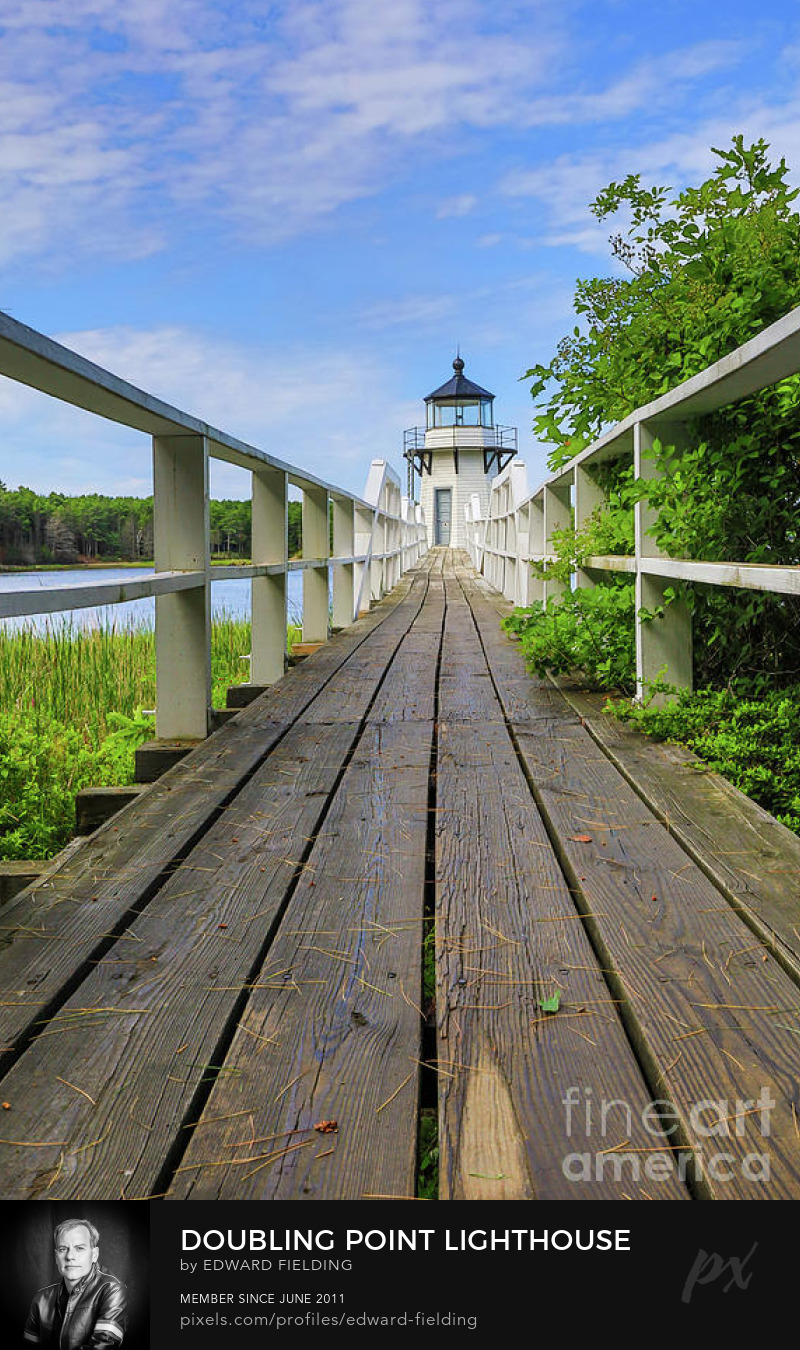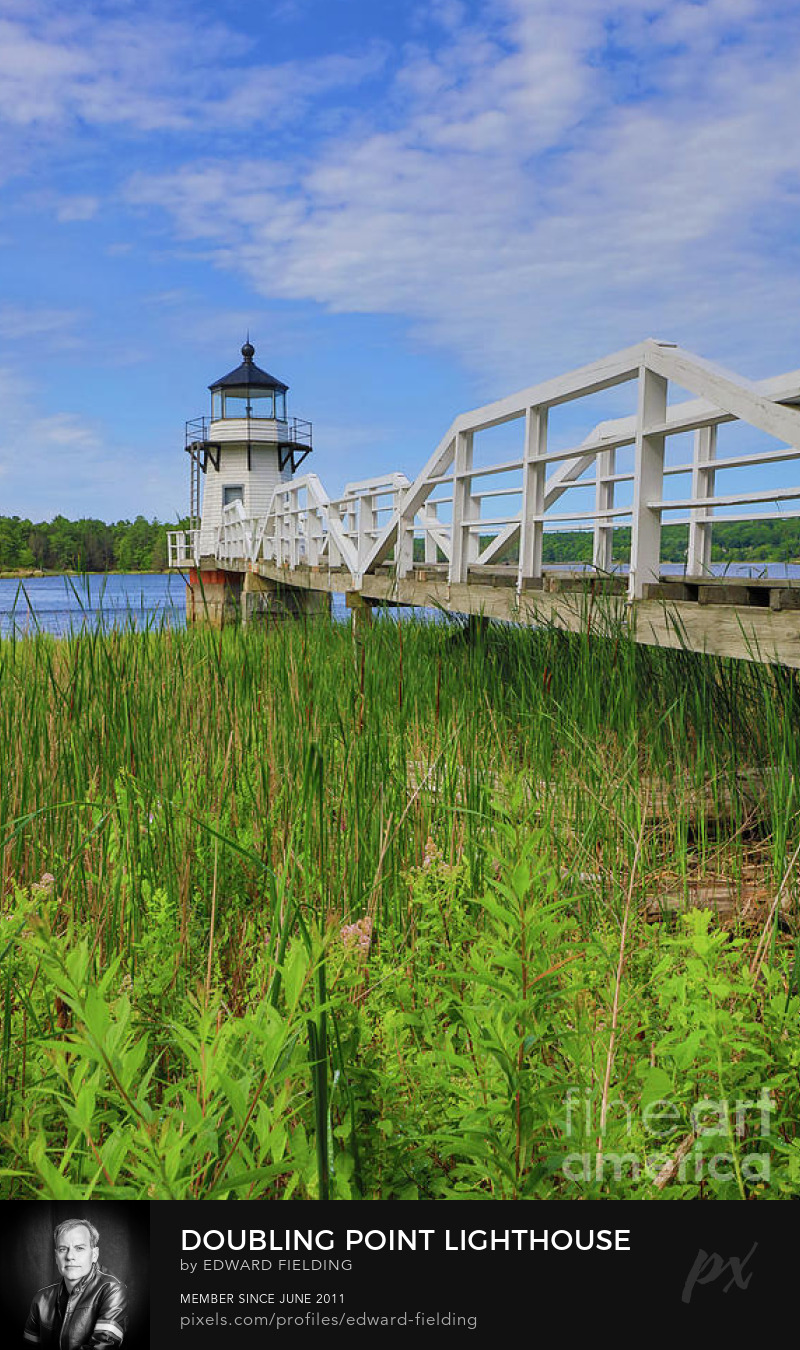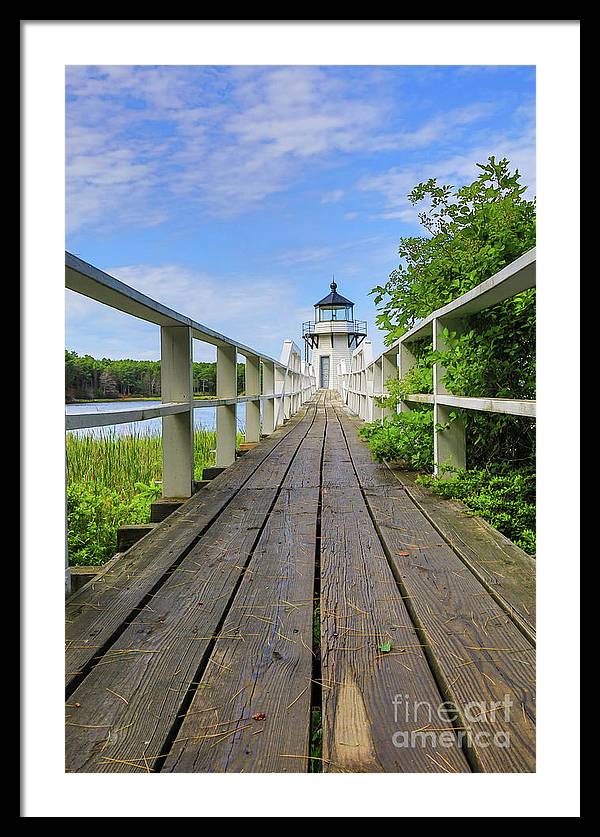Lighthouses were not built as some kind of romantic folly but rather as navigational beacons to prevent disastrous shipwrecks. Too many sailors lost their lives and too many fortunes were lost when ships ran aground on the rugged coast of Maine.
Most of Maine’s lighthouses market outcroppings, shallow water, or market the entrance of harbors but there are a few along the major riverways such as Doubling Point Light.
Doubling Point Light is a lighthouse on the Kennebec River in Arrowsic, Maine. It was established in 1898, fifteen years after the founding of the Bath Iron Works, a major shipbuilder, 1.5 miles upriver.

Ships needed to navigate the major rivers of Maine to find safe harbor and to bring goods and from the ports far up the riverways. Logs and lumber from the forests of Maine, seafood, massive mast trees from the Pacific Northwest, and coal from down South.
Some of the best shipbuilding sites were located along rivers where the lumber was plentiful and the water was calm. It’s certainly harder to launch a freshly built ship into the open ocean with crashing waves and wind.
Today Doubling Point Light is a beautifully maintained lighthouse in the Bath region that you can visit. A short drive down a dirt road brings you to a small parking lot. The keeper’s house is private but you can walk to the lighthouse and over the restored walkway right up to the small lighthouse and peek in the window to see the batteries and spiral staircase that leads to the light.
According to the Friends of Doubling Point Light, (http://www.doublingpoint.org/) the group responsible for the restoration and maintenance of the lighthouse – “Doubling Point Light was built in 1898 on Arrowsic Island on the Kennebec River in Maine. It was one of four lighthouses built that year to provide navigational aid for ships on their way to Bath, “the City of Ships.”


